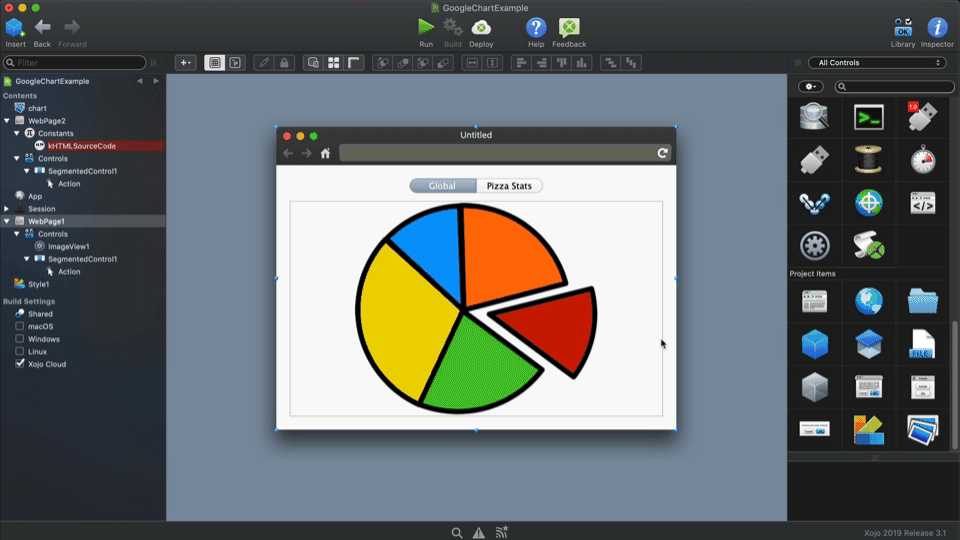

- #VISUAL BASIC FOR APPLICATIONS MAC DOWNLOAD HOW TO#
- #VISUAL BASIC FOR APPLICATIONS MAC DOWNLOAD CODE#
- #VISUAL BASIC FOR APPLICATIONS MAC DOWNLOAD WINDOWS#
Select the name Module1 and type a new name over the top of it. You should see a single item in here: (Name) Module1. In the Properties window be sure the Alphabetic tab is the active one.If you can't, use View>Properties Window to bring it up. Below the Projects window you should now see a Properties window.If there was no Modules folder, there will be now. You must select Normal or Word will add the module to the wrong project. Select the Normal entry and choose Insert>Module.If you do not see it, the template does not yet contain any macros.

#VISUAL BASIC FOR APPLICATIONS MAC DOWNLOAD WINDOWS#
Users can undock these windows and move them, so be prepared for the fact that they may not be where they usually are. Keep looking until you find it no other window will do.
#VISUAL BASIC FOR APPLICATIONS MAC DOWNLOAD CODE#
Try not to get thrown by the fact that this puts you straight into an unfamiliar environment this is a lump of WinWord code that was converted to Mac with as little work as possible to keep the price of Word down.
#VISUAL BASIC FOR APPLICATIONS MAC DOWNLOAD HOW TO#
For more about the Normal template and how to find it, see here. Then afterwards you can dump the copy with the macro experimentation and swap back in the older Normal template. It would be a good idea to make a copy of your Normal template before you begin playing with macros. There is limited undo ability, and no backup here Word assumes that if you are in this deep you know what you are doing. Macros are designed to help you automate Word to make your life easier. However, this article may help you understand Word a little better, giving you more power over what you do with it. You can use simple macros perfectly happily without knowing any of the information that follows. To experiment with modules and macros, you will need to explore the VBE (Visual Basic Editor). However, you can create other modules within the Normal template, and you can save your macros in other templates if you prefer. By default, macros you create go into the NewMacros module in the Normal template. Within templates, macros are saved in Modules, which hold collections of macros. Macros are written in Visual Basic for Applications (VBA), one of a number of coding languages. The Visual Basic Editor (VBE) is the environment where one can write and edit macros. An Introduction to the Visual Basic Editor (VBE)Ĭontributed by John McGhie and Daiya Mitchell


 0 kommentar(er)
0 kommentar(er)
